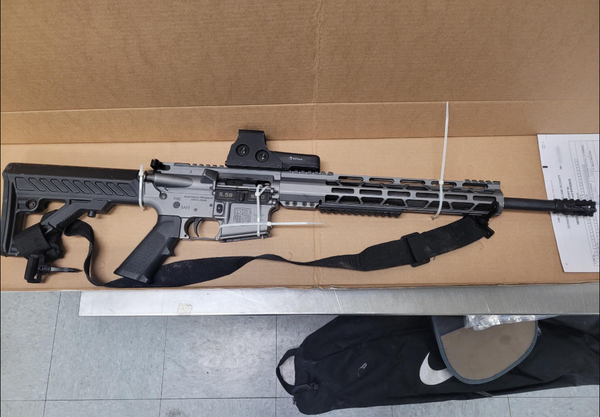
Subscription boxes are everywhere. You see them in your social feeds, hear about them from friends, and maybe even get a few yourself. They promise surprise, convenience, and a little bit of joy delivered to your door. But there’s a side to subscription boxes that doesn’t get as much attention. They can quietly chip away at your budget, making it harder to reach your financial goals. If you’re trying to save money or just want to keep your spending in check, it’s important to know how these boxes can throw things off balance. Here’s why this matters: even small, regular charges can add up fast, and before you know it, your budget is off track.
1. The True Cost Is Easy to Miss
Subscription boxes often seem cheap. Ten or twenty dollars a month doesn’t sound like much. But when you add up several boxes, the total can surprise you. It’s easy to forget about these charges because they’re automatic. You might not notice them until you check your bank statement. And if you have more than one subscription, the costs can pile up quickly. This is how a few “small” expenses can quietly become a big problem for your budget. If you’re not careful, you could be spending hundreds each year on things you don’t really need.
2. Automatic Payments Make It Hard to Track Spending
One of the biggest issues with subscription boxes is that payments happen automatically. You sign up once, and the money comes out of your account every month. This makes it easy to lose track of what you’re actually spending. You might not even remember all the subscriptions you have. And because the payments are small, they don’t always stand out. This can lead to “subscription creep,” where you end up with more boxes than you planned. If you’re trying to stick to a budget, these automatic payments can make it much harder to see where your money is going.
3. The “Surprise” Factor Encourages Extra Spending
Many subscription boxes are built around the idea of surprise. You don’t know exactly what you’ll get each month. This can be fun, but it also encourages you to keep the subscription going, even if you don’t need what’s inside. Sometimes, you get items you wouldn’t have bought on your own. And if you like something, you might end up buying more from the company’s website. This extra spending can add up fast. The excitement of getting a surprise can make it harder to make smart choices about your money.
4. You Pay for Things You Don’t Use
It’s common to get a subscription box, open it, and realize you don’t actually want or need most of what’s inside. Maybe you already have similar items, or maybe the products just aren’t your style. But you’ve already paid for them. Over time, you can end up with a pile of unused stuff. This is money that could have gone toward something you actually need or want. If you’re trying to be smart with your budget, paying for things you don’t use is a clear sign that something needs to change.
5. Canceling Isn’t Always Simple
You might think you can just cancel a subscription box whenever you want. But many companies make it harder than it should be. Some require you to call customer service, while others hide the cancel button deep in your account settings. There may be cancellation fees or long wait times. This hassle can make you put off canceling, even if you know you should. The longer you wait, the more money you spend. If you’re not careful, you could end up paying for months of boxes you don’t want.
6. Subscription Boxes Can Mask Bigger Spending Habits
Subscription boxes can be a sign of a bigger problem: impulse spending. It’s easy to sign up for a box when you see a good deal or a fun theme. But if you do this often, it can become a habit. You might start to rely on the excitement of getting something new in the mail. This can make it harder to control your spending in other areas, too. If you’re trying to build better money habits, it’s important to look at why you’re drawn to subscription boxes in the first place.
7. They Can Crowd Out More Important Expenses
When you spend money on subscription boxes, that’s money you can’t use for other things. Maybe you’re trying to save for a trip, pay off debt, or build an emergency fund. Every dollar spent on a box is a dollar that can’t go toward those goals. Over time, these small expenses can make it harder to reach your bigger financial targets. If you want to make progress, you need to be honest about what’s really important to you.
8. The “Set It and Forget It” Trap
Subscription boxes are designed to be easy. You sign up once, and then you don’t have to think about it. But this convenience can be a trap. When you don’t pay attention to where your money is going, it’s easy to lose control of your budget. You might not notice how much you’re spending until it’s too late. Regularly reviewing your subscriptions and canceling the ones you don’t use is key to keeping your budget on track.
9. The Impact on Your Long-Term Financial Health
It’s not just about the money you spend each month. Over time, subscription boxes can have a real impact on your long-term financial health. If you’re always spending on things you don’t need, it’s harder to save for the future. Even small, regular expenses can add up to thousands of dollars over several years. Recurring charges can be a major drain on your finances if you’re not careful. If you want to build wealth and reach your goals, it’s important to keep these costs in check.
Rethinking Subscription Boxes for a Healthier Budget
Subscription boxes can be fun, but they can also derail a budget if you’re not careful. The key is to be honest about what you’re getting for your money and whether it fits your financial goals. Take time to review your subscriptions, track your spending, and cancel anything that doesn’t add real value to your life. Your budget will thank you.
Have you ever been surprised by how much you were spending on subscription boxes? Share your story in the comments.
Read More
10 Signs You Should Start Budgeting More Seriously
Is Lifestyle Creep Ruining Your Financial Future?
The post How Subscription Boxes Can Derail a Budget appeared first on The Free Financial Advisor.







